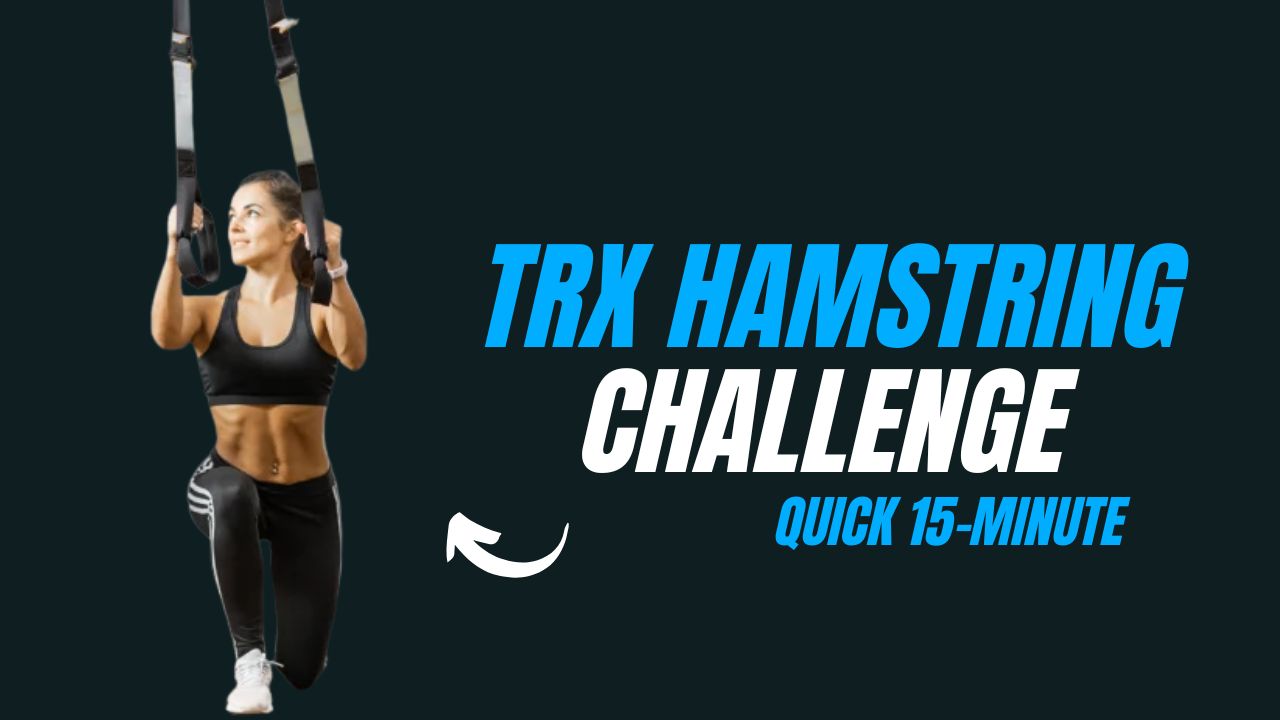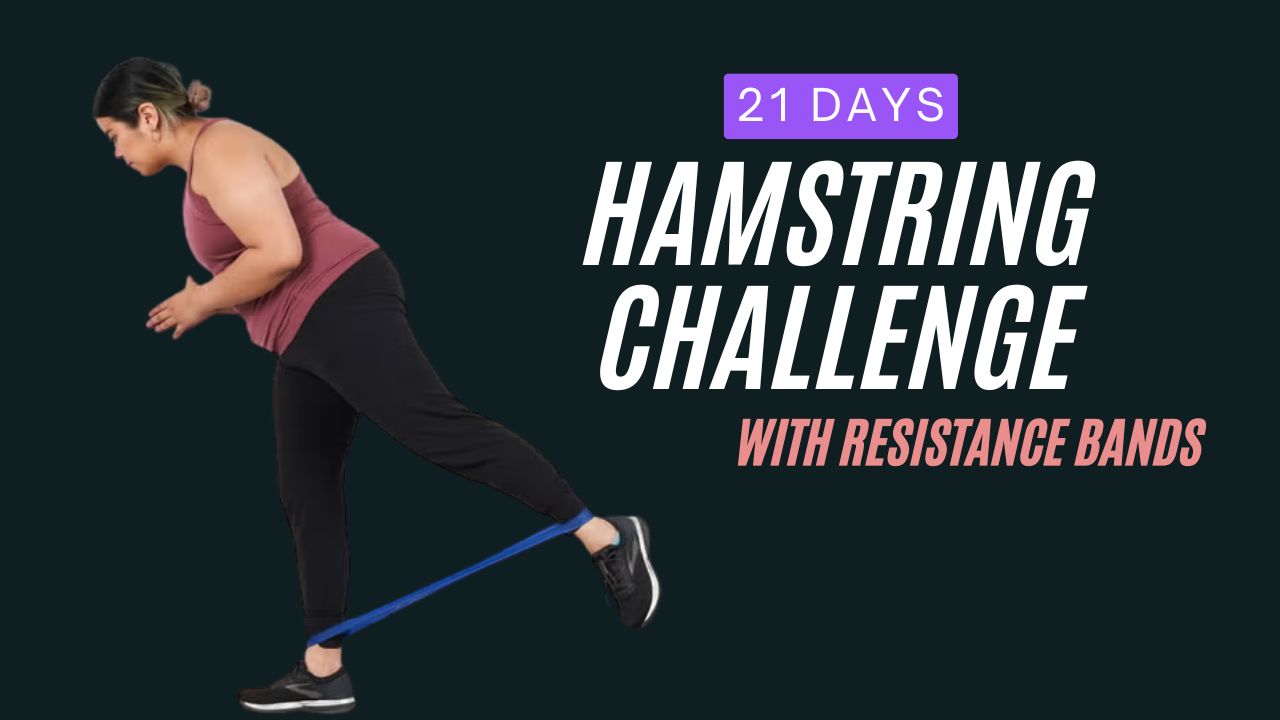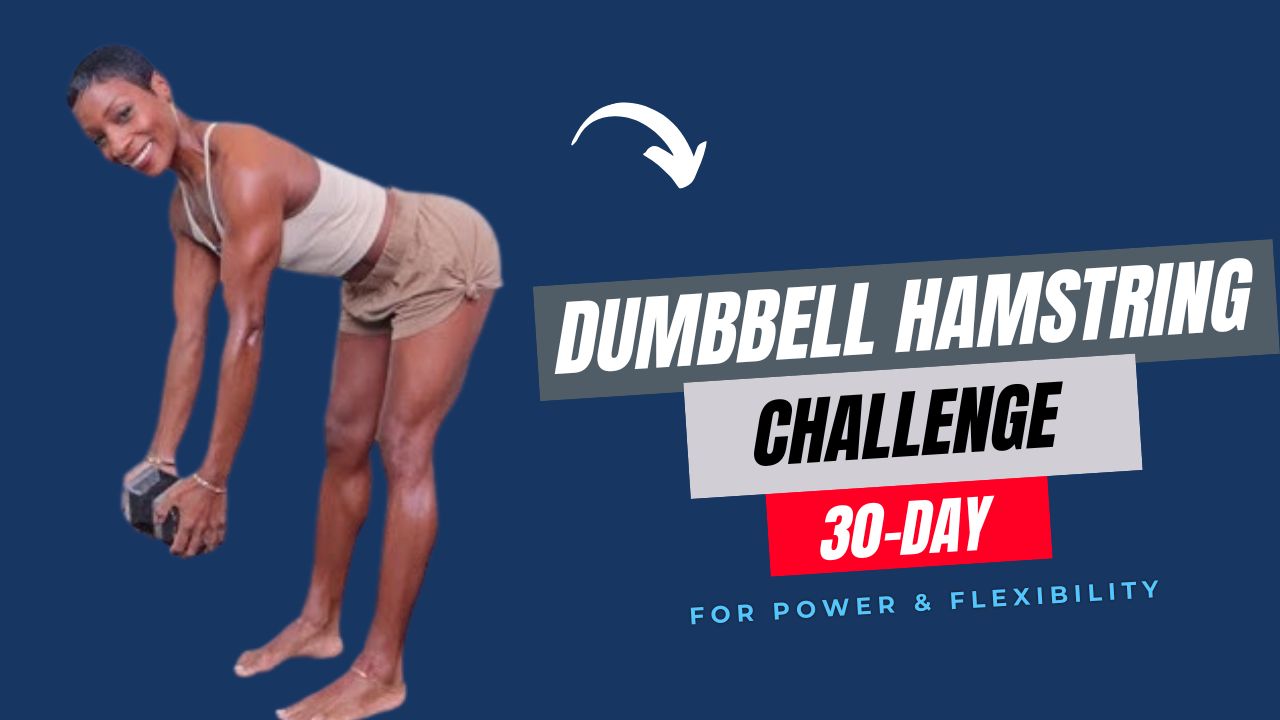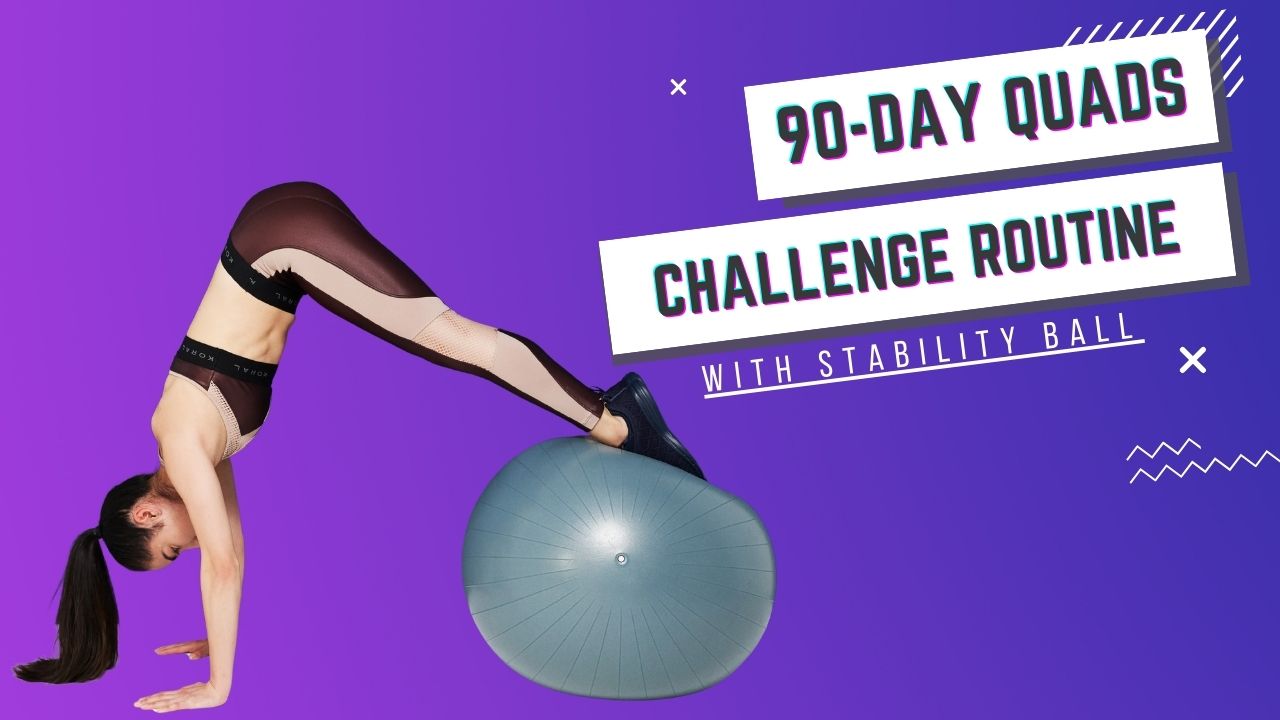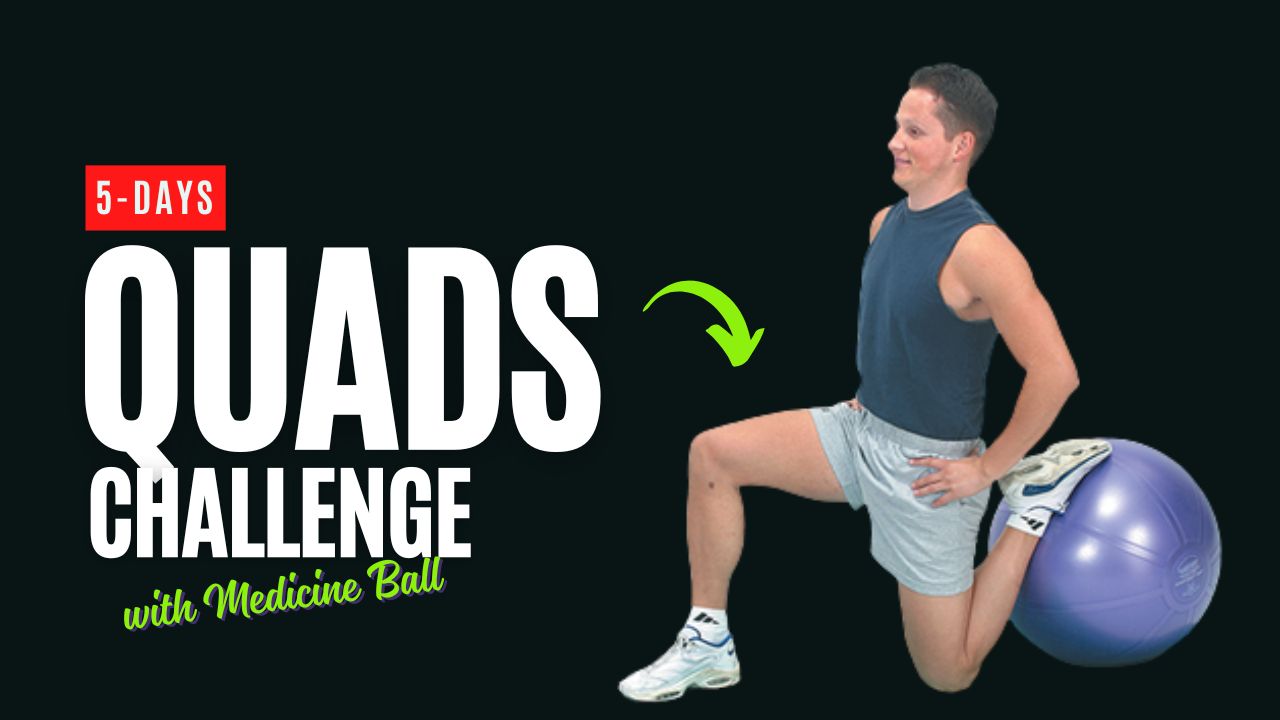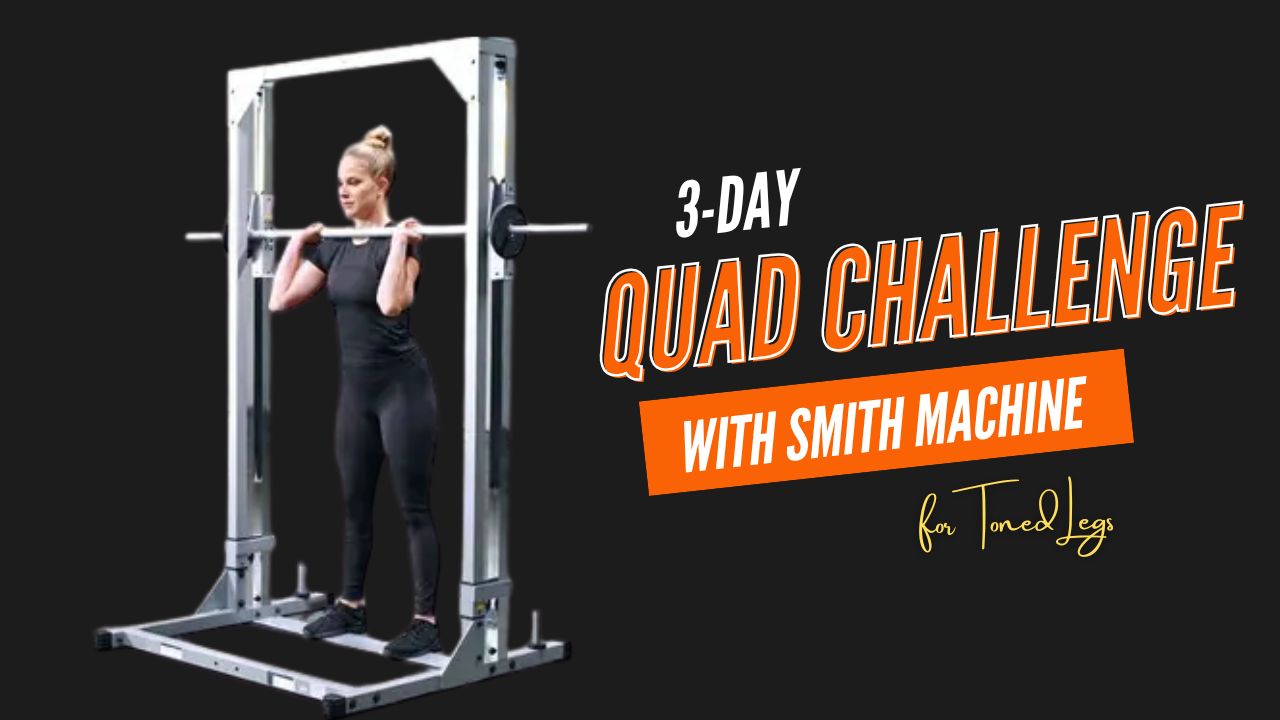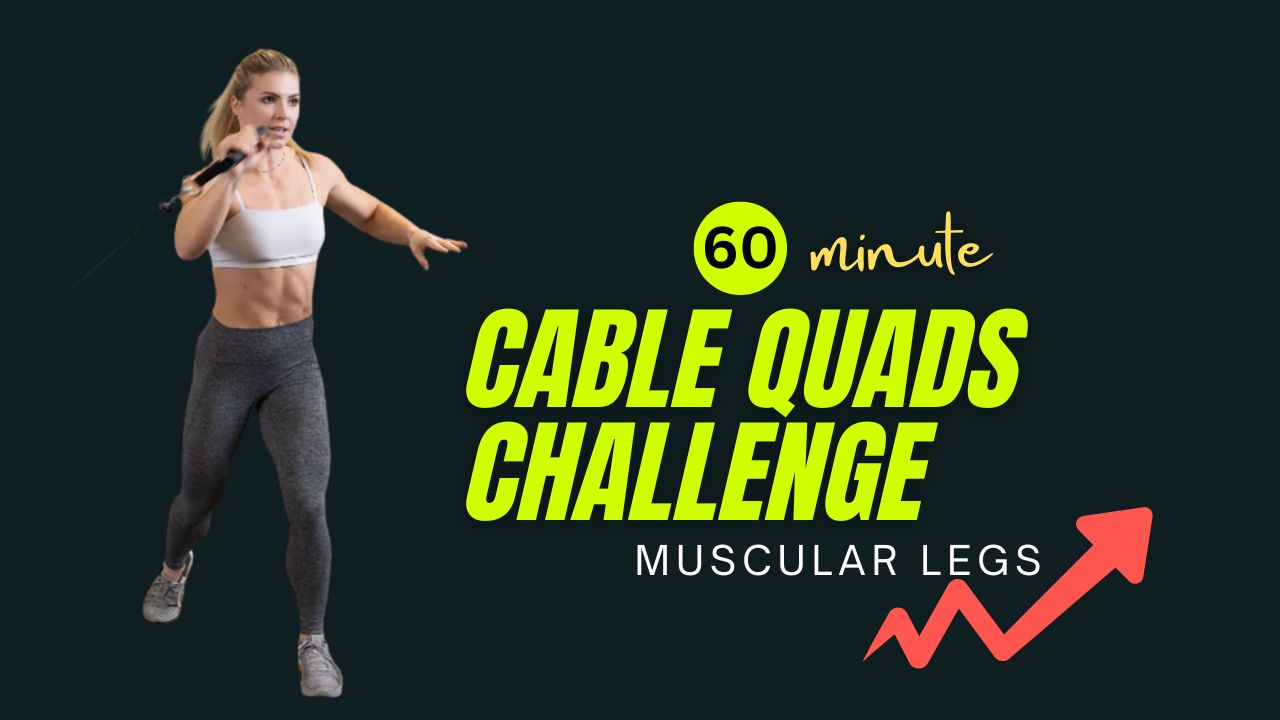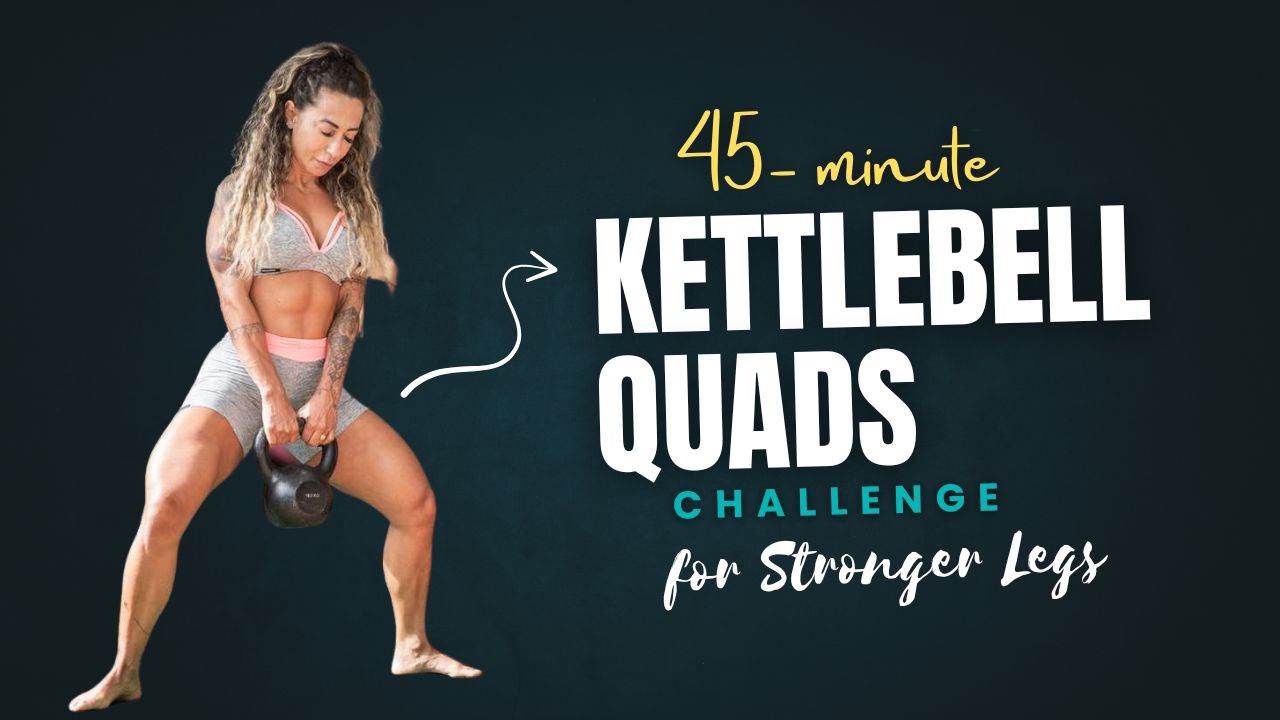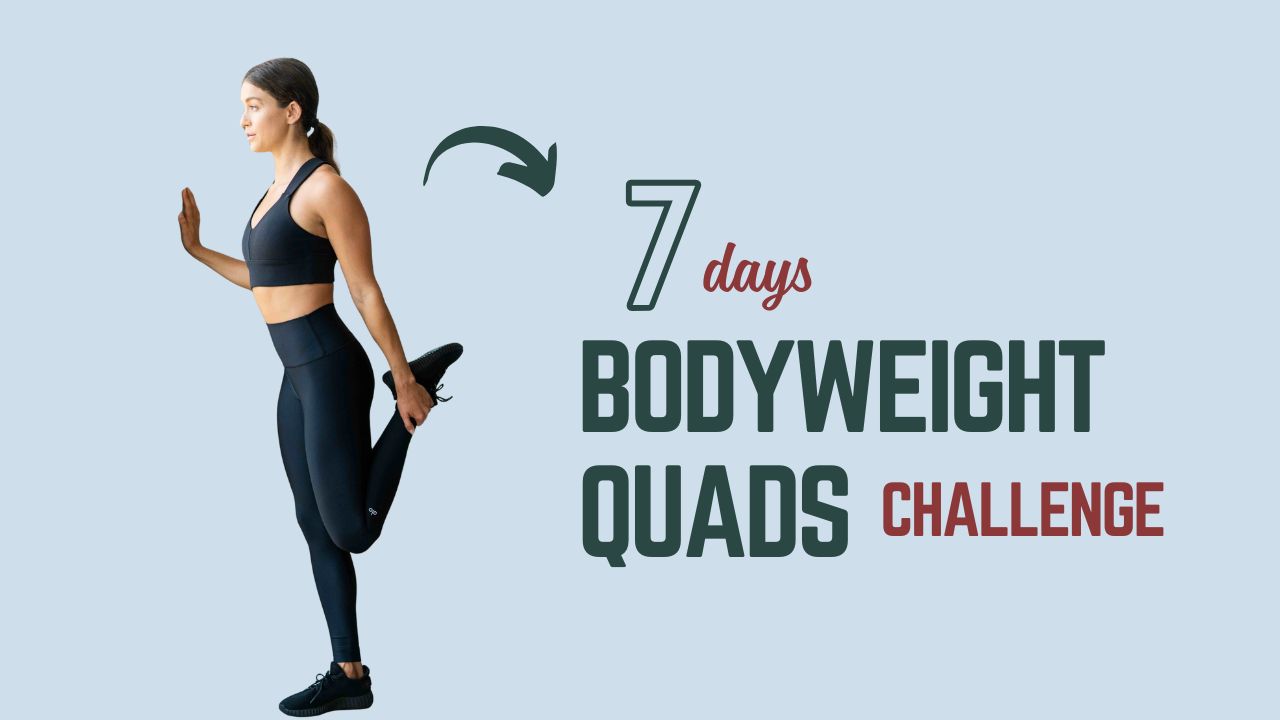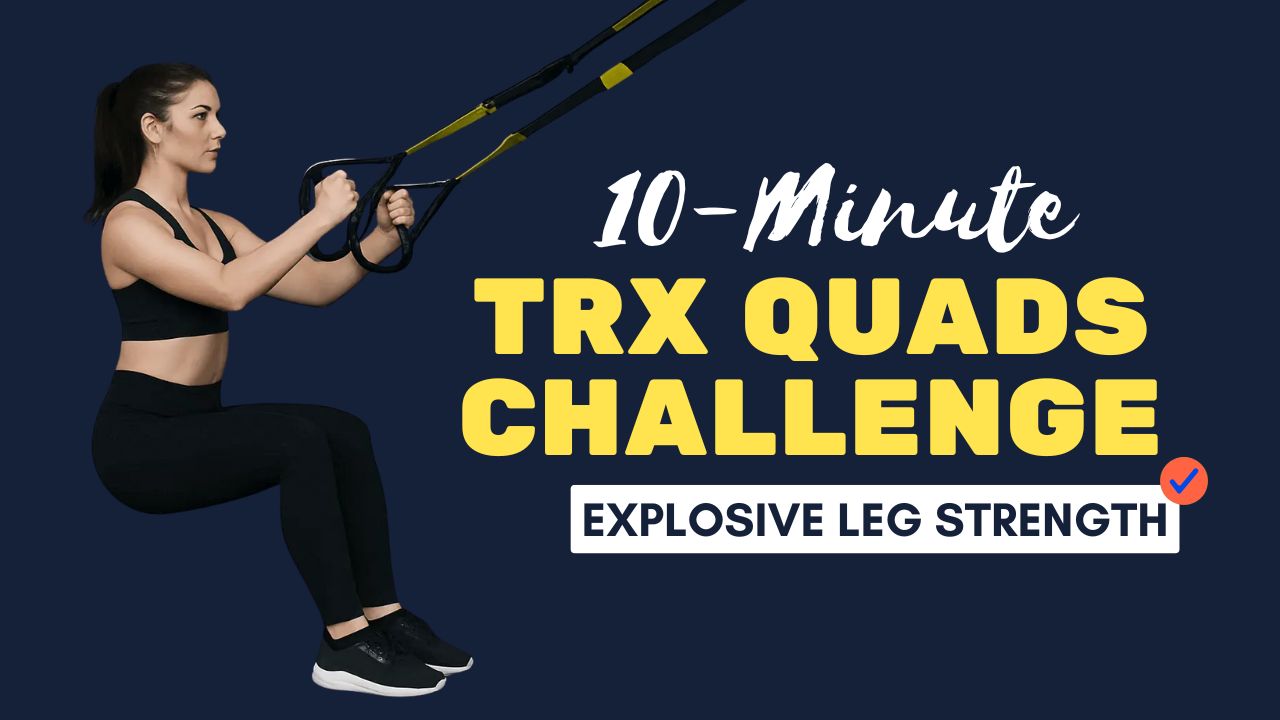Do you know that the oblique muscles are often the most neglected part of core training, yet they play one of the most critical roles in giving you that toned, athletic waistline?
While crunches and sit-ups often steal the spotlight, the obliques—the muscles running diagonally along the sides of your abdomen—are the secret to a sculpted midsection, better posture, and even improved athletic performance.
Many people fall into the myth that endless sit-ups will create a slim waist, but in reality, oblique-focused training combined with proper form and resistance is what brings definition and symmetry. And here’s where the cable machine becomes a game-changer.
Unlike bodyweight exercises, cables provide constant tension throughout the movement, targeting deep core stabilizers and sculpting muscles more effectively.
In this 60-minute cable obliques routine, we’ll walk through powerful exercises, explain step-by-step how to perform them correctly, highlight the muscles worked, and finally bring everything together in a structured workout challenge that can help you unlock a toned waistline.
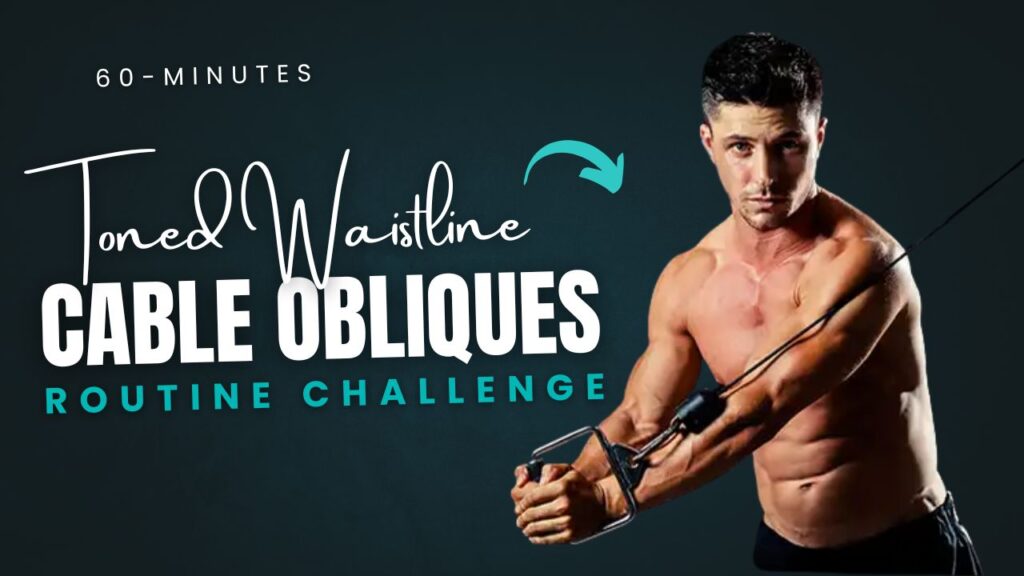
Table of Contents
Why Train Obliques with Cables?
Before diving into the workout, it’s important to understand why cables are superior when it comes to oblique training:
- Constant Resistance: Unlike free weights that rely on gravity, cable machines provide resistance throughout the entire range of motion.
- Customizable Angles: You can adjust the pulley height to hit the obliques from different angles—upper, lower, and rotational.
- Functional Core Strength: Strong obliques are vital for everyday movements like twisting, bending, and stabilizing the spine.
- Waistline Definition: Defined obliques create that “V-shape” taper and complement overall abdominal aesthetics.
Interesting fact: Studies show that rotational movements, like cable twists, activate both the internal and external obliques simultaneously, leading to greater muscle recruitment than static ab exercises.
What Can Happen After 30 Days of Cable Obliques Training
| Physical Changes | Performance & Strength | Health & Posture |
|---|---|---|
| Noticeable toning and definition along the waistline and obliques | Improved rotational strength for sports and daily activities | Better posture and spinal stability |
| Slight reduction in waist circumference if combined with proper diet | Enhanced core endurance and stability | Reduced risk of lower back strain and injuries |
| Stronger side abdominal muscles | Easier performance of functional movements like twisting, bending, and lifting | Increased body awareness and balance |
| More visible “V-shape” taper for men or hourglass contour for women | Improved performance in other core and compound exercises | Enhanced overall core support for daily activities |
| Increased muscle firmness and tone | Increased mind-muscle connection and control over obliques | Boosted metabolism through increased lean muscle mass |
Do’s and Don’ts for Cable Obliques Training
| Do’s | Don’ts |
|---|---|
| Maintain proper posture and keep your back straight during all exercises. | Don’t use excessive weight that forces you to cheat or compromise form. |
| Control your movements—both the pulling and returning phases. | Don’t rush through reps; fast movements reduce muscle engagement and increase injury risk. |
| Engage your core and obliques intentionally during each rep. | Don’t rely solely on momentum to move the cable. |
| Rotate your torso and pivot your feet naturally during rotational exercises. | Don’t twist your spine unnaturally or jerk your body to complete reps. |
| Warm up before starting the routine to prevent injury. | Don’t skip rest periods between sets, as recovery is key for proper form and muscle activation. |
| Focus on progressive overload over time (increase reps, sets, or resistance gradually). | Don’t ignore other core muscles—balance oblique training with overall core and compound exercises. |
| Breathe steadily; exhale during exertion and inhale during return. | Don’t hold your breath during the movement; this increases internal pressure and fatigue. |
| Perform exercises on both sides evenly to avoid imbalances. | Don’t favor one side or skip reps on the weaker side. |
The 60-Minute Cable Obliques Routine
Here are the key exercises included in the routine. Each section includes a description, benefits, and a how-to guide for proper execution.
1. Cable Woodchoppers
Description:
This exercise mimics the motion of chopping wood and is one of the most effective cable moves for targeting the obliques. It combines rotational power with constant resistance, making it ideal for functional core strength.
Benefits:
- Strengthens rotational core muscles
- Enhances athletic movements like swinging or throwing
- Builds definition in the side waist
How to Do It:
- Set the cable handle at the highest pulley position.
- Stand sideways to the machine with feet shoulder-width apart.
- Grab the handle with both hands and pull it diagonally across your body to your opposite hip.
- Rotate your torso and pivot your back foot as you pull.
- Slowly return to the starting position.
Reps & Sets: 3 sets of 12–15 reps each side.
2. Low-to-High Cable Woodchopper
Description:
A variation of the standard woodchopper, this targets the obliques from a different angle, working on upward rotational strength.
Benefits:
- Engages both the obliques and lower abs
- Improves coordination and rotational explosiveness
How to Do It:
- Adjust the pulley to the lowest setting.
- Hold the handle with both hands and stand sideways to the cable machine.
- Pull the handle upward across your body, finishing above your opposite shoulder.
- Control the motion as you return to start.
Reps & Sets: 3 sets of 12 reps each side.
3. Cable Side Bends
Description:
This move isolates the obliques through lateral flexion, focusing on that side-to-side waist definition.
Benefits:
- Strengthens external obliques
- Improves stability for lateral movements
- Creates sculpted “lines” along the waist
How to Do It:
- Set the cable at the lowest pulley.
- Stand side-on to the machine, holding the handle in the hand furthest from the pulley.
- Keep your back straight and slowly bend sideways away from the machine.
- Return to starting position under control.
Reps & Sets: 3 sets of 15 reps per side.
Myth busted: Side bends with heavy weights do not thicken your waist. When done correctly with moderate resistance, they actually tighten and tone the obliques.
4. Cable Twists (Standing or Kneeling)
Description:
Cable twists focus on pure rotation, hitting the obliques hard while also engaging the transverse abdominis.
Benefits:
- Improves spinal mobility
- Strengthens rotational movement patterns
- Great for athletes in sports requiring trunk rotation
How to Do It:
- Set the cable at chest height.
- Stand or kneel sideways to the machine.
- Grab the handle with both hands, arms extended in front of you.
- Rotate your torso away from the machine, keeping your arms straight.
- Slowly return to start.
Reps & Sets: 3 sets of 12–14 reps per side.
5. Cable Pallof Press
Description:
This anti-rotation exercise is one of the best for building oblique stability. While it looks simple, the challenge is resisting the pull of the cable.
Benefits:
- Builds deep core stability
- Prevents lower back injuries
- Engages obliques isometrically
How to Do It:
- Set the cable to chest height.
- Stand perpendicular to the machine, holding the handle with both hands at your chest.
- Extend your arms straight forward, resisting the pull of the cable.
- Hold for 2–3 seconds before returning.
Reps & Sets: 3 sets of 10–12 reps per side.
6. Cable Reverse Crunch with Twist
Description:
This advanced move combines lower abs and obliques by adding a rotational twist at the top of the crunch.
Benefits:
- Strengthens lower abs and obliques simultaneously
- Enhances overall abdominal definition
How to Do It:
- Attach ankle straps to the low pulley.
- Lie on your back and hook the straps to your ankles.
- Pull your knees toward your chest while twisting your hips to one side.
- Lower slowly and alternate sides.
Reps & Sets: 3 sets of 10–12 reps per side.
60-Minute Cable Obliques Challenge Routine
Now that you know each exercise, here’s how to structure them into a one-hour workout routine. The routine is designed to balance intensity with proper rest periods.
| Exercise | Sets | Reps | Rest |
|---|---|---|---|
| Cable Woodchoppers | 3 | 12–15 per side | 45 sec |
| Low-to-High Cable Woodchoppers | 3 | 12 per side | 45 sec |
| Cable Side Bends | 3 | 15 per side | 30 sec |
| Cable Twists | 3 | 12–14 per side | 45 sec |
| Cable Pallof Press | 3 | 10–12 per side | 45 sec |
| Cable Reverse Crunch with Twist | 3 | 10–12 per side | 60 sec |
Total Duration: ~55–60 minutes (including rest periods).
Pro Tips for Maximum Results
- Form over weight: Always prioritize correct movement patterns over lifting heavy.
- Controlled tempo: Slow and controlled reps maximize muscle activation.
- Include obliques 2–3 times per week: Pair this routine with other core and compound lifts for balance.
- Nutrition matters: A toned waistline is made in the gym but revealed in the kitchen. Maintain a balanced diet for best results.
Conclusion
A toned waistline isn’t built through endless crunches—it comes from smart, targeted training that challenges the obliques through multiple planes of motion.
The cable machine stands out as one of the most effective tools for this, providing resistance at every angle and allowing you to sculpt, strengthen, and stabilize your midsection like never before.
By following this 60-minute cable obliques routine, you’ve not only trained your external and internal obliques but also worked on functional strength that carries over to everyday movements, sports, and overall posture.
This combination of rotational, anti-rotational, and lateral flexion exercises sets the foundation for a stronger, leaner, and more defined core.
Challenge Continuation Idea
If you’ve completed this routine consistently for 4–6 weeks, don’t stop here—progression is the key to results. Challenge yourself by:
- Adding Resistance: Gradually increase the weight on the cable machine while maintaining strict form.
- Time Under Tension: Slow down each rep, especially the eccentric (return) phase, to maximize muscle activation.
- Superset Variation: Combine two exercises back-to-back (e.g., Cable Woodchoppers + Pallof Press) for an advanced burn.
- Weekly Challenge: Dedicate one workout day per week solely to rotational and anti-rotational core training to keep building strength and definition.
Your next phase can include weighted compound lifts (like squats and deadlifts) paired with oblique-focused cable work to continue shaping your waistline while building overall strength.
Remember: The journey to a toned waistline is about consistency, progression, and pairing workouts with mindful nutrition. Keep pushing, and each session will bring you closer to the sculpted core you’re aiming for.
Frequently Asked Questions (FAQs)
Do oblique exercises make your waist bigger?
No, training your obliques does not make your waist thicker when done correctly. Instead, it strengthens and tones the side abdominal muscles, helping create a more defined waistline. A bulky waist appearance usually comes from excess body fat, not muscle.
How often should I train obliques with cables?
For best results, aim to include oblique-focused exercises 2–3 times per week. This frequency allows your muscles to recover while ensuring consistent progress.
Can I lose belly fat just by doing cable oblique exercises?
Spot reduction is a myth. While cable exercises will strengthen and tone your obliques, visible results depend on overall fat loss through a combination of strength training, cardio, and proper nutrition.
Are cables better than bodyweight exercises for obliques?
Cables offer constant tension and adjustable resistance, making them more effective for muscle activation and definition compared to many bodyweight oblique exercises. However, combining both can maximize results.
What is the best time to train obliques—before or after my workout?
It depends on your training style. If core strength is your priority, start with obliques when you’re fresh. If you’re combining it with heavy lifts (like squats or deadlifts), save obliques for the end so they don’t fatigue your core early.
How long will it take to see results from this routine?
Most people notice improvements in 4–6 weeks with consistent training and proper nutrition. Visible definition depends on body fat percentage, so pairing this routine with a balanced diet accelerates results.
